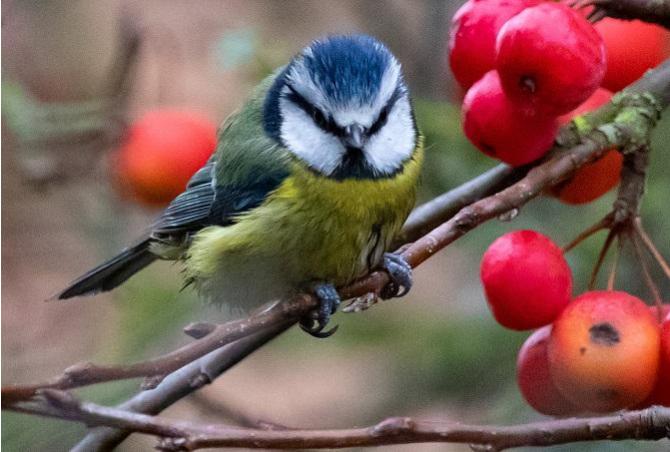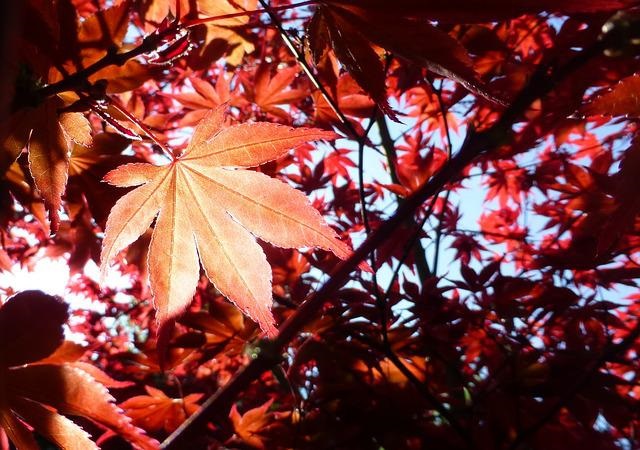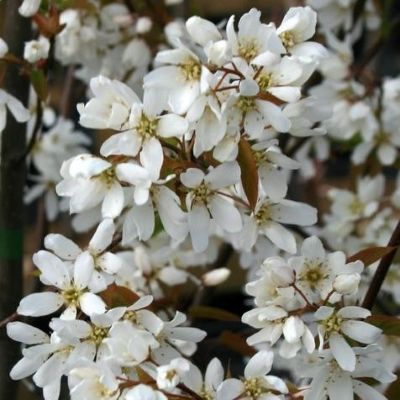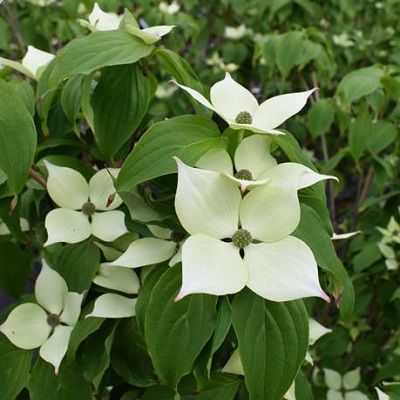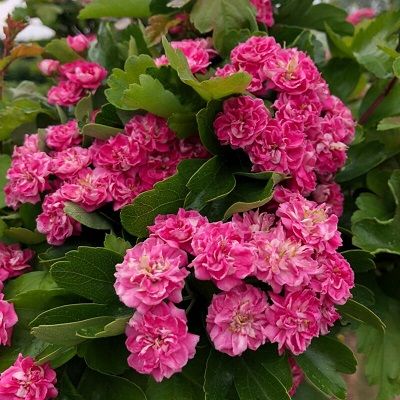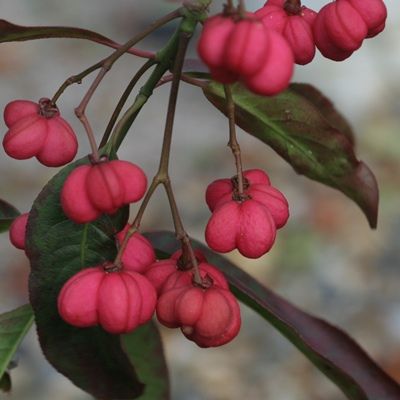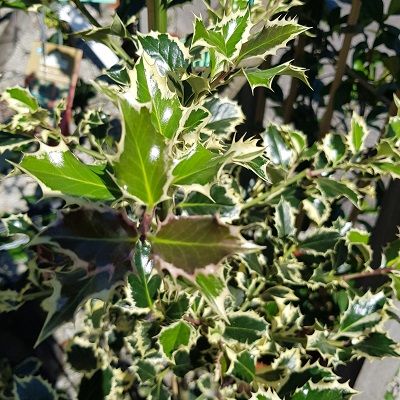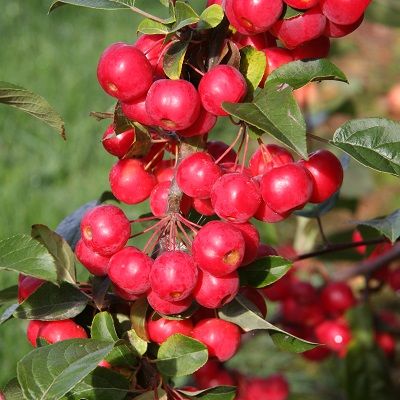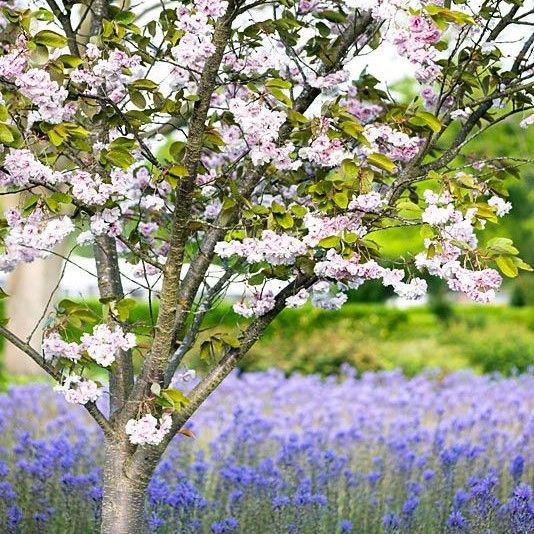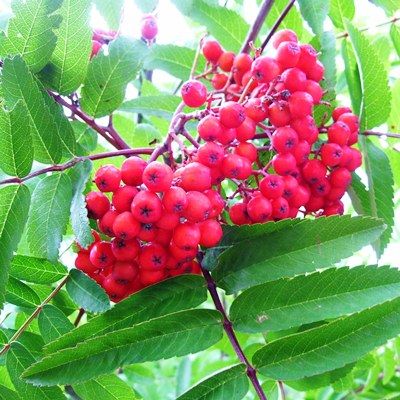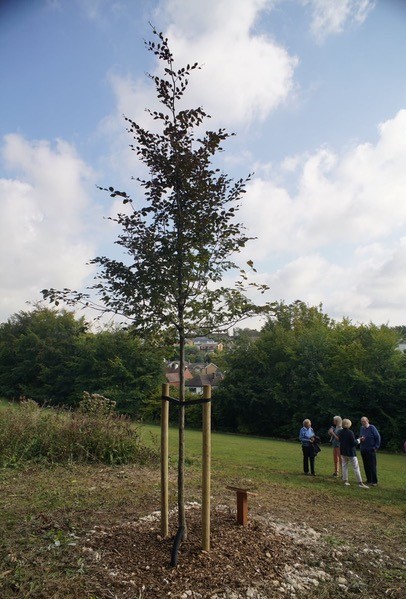Did you know that around 8 per cent of properties in London have a garden or outdoor space measuring around 16 square metres, which is slightly larger than a car parking space? The average size of a garden in London is around 140 square metres, which is just over half the size of a tennis court. Across England, the average is more like 188 square metres and in Scotland it is closer to 226 square metres. The data was examined by The Office for National Statistics (ONS) in a recent report which analysed access to greenspaces during the Covid-19 pandemic. There is no doubt that gardens are getting smaller. It is estimated that they have shrunk by at least five square metres in the last 40 years and the trend is set to continue.
Can you plant trees in a small garden?
In a world where planting trees is now considered to be essential for reasons that have been well-documented and understood, how effectively can small spaces accommodate trees? There's a worry about potential damage to infrastructure such as hard surfaces and buildings. Other factors that require consideration are loss of light, debris from falling leaves, seed, fruit, twigs and branches. Of course there are safety implications too.
But the answer to whether or not trees can be planted in small spaces is a definite 'yes'. As always, it's all about choosing the right tree for the space. The advantages of enjoying a suitable tree in a garden far outweigh any disadvantages, provided due care and consideration has been given to the project and adequate preparation has taken place.
It is possible to avoid what is known as 'root heave' by ensuring that roots have adequate growing space under the ground. The soil should not be compacted, for example. This will allow the roots to grow outwards and downwards under the soil, rather than congregating around the looser soil at the surface. Roots tend to take the path of least resistance. The amount of space required between a tree and a building can be estimated using a simple calculation. It uses the estimated 'diameter at breast height' of the mature tree species, x 3.5, which can give a general guide to planting distance. However, each tree species has individual characteristics and a tree specialist or arborist should be consulted for more accurate advice.
English Woodlands tends to recommend the following as an easily-understandable guide:
Trees should be planted at least two thirds of the maximum height of the tree from a building. For example, a large tree that is likely to reach 20m high should be planted at least 13m away from a substantial structure. A small tree or shrub that might reach 6 high should be planted at least 4m away from a building.
However, if planting closer than that, for example, close to a wall, consider using a root barrier. This is requently used during street tree planting.
Which trees are best?
Some trees are far more well-suited to growing in small UK gardens than others. Here are 10 of the best from English Woodlands, based on suitability, appearance, seasonal interest and biodiversity potential:
Acer, the maple tree
Beware before planting an Acer tree in your small garden! Have you chosen the best variety? This is a huge genus of trees containing at least 125 species. Some are diminutive Japanese Acers that will grow less than two metres tall whilst others can grow to 40 metres! What they all have in common is beautiful leaves which have five points. Some varieties have slender, lacy leaves whilst others are solid. Most display excellent autumn leaf colour, particularly Japanese maples and the sugar maple, Acer saccharum, which can reach 20 metres high, also Acer rubrum, the Canadian maple, which can reach 15m high. Our native Acer campestre is a beautiful tree in its own right and this is likely to reach a height of up to 12m. Acers are undoubtedly beautiful trees but make sure you provide the right conditions. Japanese Acers, for example, need good soil and a semi-shaded position, sheltered from strong winds.
Japanese Acers are perfect for pots - just choose the largest container you can find and be sure to provide enough water and feed.
Amelanchier, the Juneberry or snowy mespilus tree
There are many different varieties of this useful and appealing tree, which can also be regarded as a large shrub. Amelanchier has something for most seasons, with white, star-shaped spring blossom, blue-black berries which are loved by wildlife (and also edible for us too), then vivid autumn hues which are second-to-none. This tree is easy to care for and requires very little in the way of maintenance. It has many common names including Juneberry, snowy mespilus, serviceberry and shadwood.
Cornus, the flowering dogwood tree
The dogwood family consists of many fine shrubs that provide excellent garden interest including bright winter stem colour. But the flowering dogwood Cornus kousa and C. florida, are rather different. These small trees have two main seasons of interest. During early summer there are flower bracts coloured white through to pink, which look stunning set against the green leaves. Then in autumn the crimson leaf colour sets the garden alight. There can also be pink fruit during autumn in a good year. This small tree or large shrub has a high value to wildlife, providing fruit for wildlife and foliage for moth caterpillars.
Cotoneaster
Cotoneaster comes in many shapes and forms and all have something to offer small gardens. The tree form of Cotoneaster is C. 'Cornubia', with semi-evergreen leaves, white summer flowers and trusses of red berries which are loved by birds. They are remarkably easy to grow, being tolerant of poor conditions and a certain amount of neglect. They retain interest for most of the year and are useful for screening because of their semi-evergreen nature.
Cotoneasters can easily be pruned if you want to plant them close to a house. What more could you ask of a small garden tree?
Crataegus, the hawthorn tree
The much-loved native hawthorn produces fragrant white blossom in late spring, then clusters of wildlife-friendly red berries and autumn colour before the leaves fall in autumn. There are several different varieties suitable for small gardens including pink and red-flowering trees. It has many different common names including quickthorn, May tree, May flower and hawberry. This ancient species encourages wildlife and is seeped in symbolism - it is said to protect against lightning and ghosts! During Roman times hawthorn twigs were placed in babies cradles in order to keep them safe. It is also said to promote happiness if worn or carried.
Euonymus, the spindle tree
The native spindle is a remarkable tree or large shrub which is often overlooked when it comes to inclusion within a garden. It comes into its own during autumn and early winter when the foliage turns fiery and the most remarkable fruit appear. The pink berries burst open to reveal orange seeds, creating a vibrant colour clash. Wildlife love this small, native tree which is an indicator of ancient woodland. Traditionally, the timber of Euonymus was used to make spindles for spinning - also for toothpicks, pegs and knitting needles. The fruits were baked and ground into a powder which was used to treat head lice or mange on livestock. The variety Euonymus 'Red Cascade' is spectacular for garden use.
Ilex, the holly tree
Never under-estimate the value of a holly tree! These evergreens are highly versatile, being useful for screening purposes, very easy to care for, providing year-round interest and of immense value to wildlife. Of course, Ilex produce those wonderful red berries which brighten up the winter. These are excellent small trees that comes in a range of varieties including variegated green with golden and silver margins. They respond well to pruning and provide a safe haven for nesting birds. A good choice for small gardens.
Malus, the crab apple and cultivated apple tree
Crab apples and apple trees provide a huge range of choice for small gardens and some would say that this genus must surely be the best of all. Not only do these trees produce spring blossom, but they also provide attractive fruit in late summer. The main difference between crab apple and apple is the size of the fruits, all of which are edible, provided you avoid the seeds and core. Many of the ornamental crab apples produce clouds of spring blossom which can rival that of the spring flowering cherries. This tree is a wildlife winner, providing foliage for caterpillars including the hawk moth, habitats for birds and invertebrates and even acting as a host for mistletoe.
Prunus, the flowering cherry tree
Everybody recognises a flowering cherry and there's a very good reason why these trees are so popular. There's a cherry for every size of garden, from tiny, two metre tall trees which could survive in a large pot, through to 15 metres tall. It is therefore vital to research and choose wisely if you have a small space. Bear in mind the spread of the tree as well as the height because some grow outwards to a greater distance than the height. Not all Prunus are flowering cherries - the genus also includes plums, edible cherries, peaches, nectarines and apricots. The Tibetan cherry, Prunus serrula, is loved for its mahogany-coloured bark rather than the flowers.
Sorbus, the rowan tree
Sometimes known as the mountain ash because it tends to grow well at high altitudes and the leaves bear a similarity to ash, the Sorbus genus also includes the closely-related whitebeam trees and the wild service tree. There are many that are suitable for small gardens. Most popular are the rowans which are versatile, compact, slender and wildlife-friendly due to the edible berries which are loved by visiting waxwings, redwings and other thrushes. Some have red berries and others have pink, yellow or white fruit.
Plant a Tree for the Jubilee!
We all know that the best time to plant a tree is 20 years ago, but now is the next best! 2022 is the Platinum Jubilee celebration of Her Majesty The Queen, marking 70 years on the throne. Once you have planted a tree, you will be able to enter it onto the interactive map - click HERE for details.
Specialists at English Woodlands are always pleased to offer advice and help with your selection process. Delivery is available across the UK. You can contact us HERE

